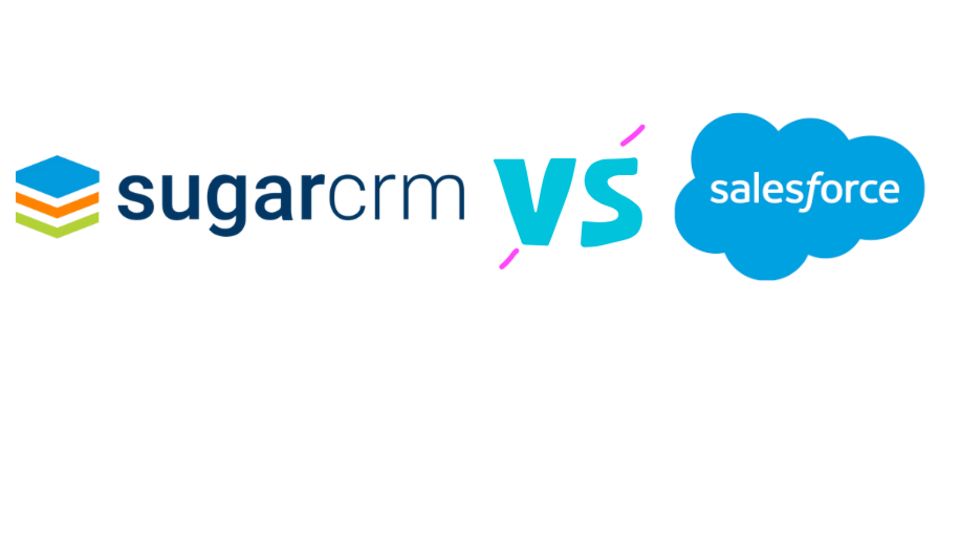SugarCRM vs. Salesforce: Use Cases, Differences, and Choosing the Right Solution
Customer Relationship Management (CRM) software is among the most sought-after tools, with SugarCRM and Salesforce being two of the most popular. Which one would best suit your business needs? Let's look at their use cases, differences, and strengths to help you decide.
SugarCRM: Use Cases and Features
SugarCRM is a flexible and cost-effective solution, making it perfect for small to mid-sized businesses.
Use Cases
- Businesses with custom CRM needs
- Companies with tight budgets that require an easy interface
- Teams searching for open-source CRM solutions
Key Features
- Customizable workflows
- Advanced automation
- Multi-language support for teams across the globe
Salesforce: Use Cases and Features
Salesforce is a leader in the CRM market, designed to scale and accommodate enterprise-level requirements.
Use Cases
- Large enterprises with complex customer journeys
- Companies looking for robust integrations with third-party tools
- Teams requiring AI-powered analytics for sales and marketing
Key Features
- AI-powered insights with Salesforce Einstein
- Extensive app marketplace (AppExchange)
- Sophisticated reporting and analytics capabilities
Key Differences
- Pricing: SugarCRM is more cost-effective, while Salesforce offers more advanced features at a premium price.
- Customization: SugarCRM gives developers much more flexibility, while Salesforce is renowned for its out-of-the-box features.
- Scalability: Salesforce is great for large-scale operations, while SugarCRM is better suited for smaller teams.
Which one is right for you?
SugarCRM is preferred when you seek an affordable, customized solution. It is best to opt for Salesforce if you need enterprise-level capabilities.
Vabro is a great alternative if you desire more robust CRM options along with ease of project management, which comes in handy when catering to enterprises of all levels.
